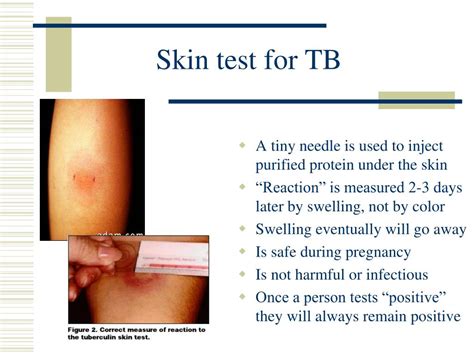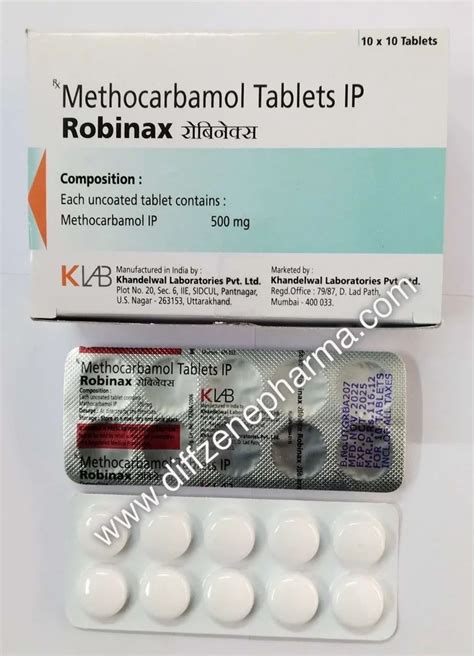Recovering from a broken hip can be a challenging and lengthy process, but understanding the typical timeline and steps involved can help manage expectations and guide the healing process. The journey to recovery is not just about physical healing but also about regaining strength, mobility, and independence. It’s a process that requires patience, dedication, and a well-structured rehabilitation plan.
Immediate Post-Surgery (0-2 weeks)
The initial phase after surgery is crucial for setting the foundation for a successful recovery. This period is characterized by:
- Pain Management: Effective pain control is essential to prevent discomfort and allow for early mobilization.
- Wound Healing: Monitoring the surgical site for signs of infection and ensuring proper wound care.
- Early Mobilization: Gentle exercises and mobilization techniques to prevent stiffness and promote blood circulation.
Short-Term Recovery (2-6 weeks)
As the body begins to heal, the focus shifts towards regaining mobility and strength:
- Physical Therapy: Tailored exercises to improve hip mobility, strengthen the surrounding muscles, and enhance balance.
- Ambulation: Gradually increasing walking distances and independence, possibly with the aid of walking devices.
- Pain Reduction: Continuing to manage pain effectively to facilitate participation in physical therapy.
Medium-Term Recovery (6-12 weeks)
During this phase, there’s a significant emphasis on functional recovery:
- Advanced Physical Therapy: More complex exercises aimed at improving strength, flexibility, and functional abilities.
- Activities of Daily Living (ADLs): Regaining independence in daily tasks such as dressing, bathing, and cooking.
- Fall Prevention: Strategies and equipment to reduce the risk of falls and further injuries.
Long-Term Recovery (3-6 months and beyond)
The long-term recovery phase is about achieving full recovery and preventing future issues:
- Strengthening Exercises: Continued strengthening of the hip and surrounding muscles to support the joint and improve mobility.
- High-Impact Activities: Gradually introducing high-impact activities under professional guidance to promote bone density and muscle strength.
- Lifestyle Adjustments: Making necessary adjustments to daily activities and living conditions to accommodate any permanent changes or limitations.
Factors Influencing Recovery
Several factors can influence the recovery timeline and outcome, including:
- Age: Older adults may face a longer recovery due to decreased bone density, reduced muscle mass, and potential comorbidities.
- Overall Health: Presence of other health conditions can impact the recovery process.
- Surgery Type: The method of surgical intervention (e.g., hip replacement, internal fixation) can influence the recovery timeline.
- Rehabilitation Adherence: Strict adherence to the rehabilitation plan is crucial for optimal recovery.
Accelerating Healing
While the natural healing process cannot be rushed, certain strategies can support and potentially accelerate recovery:
- Nutrition and Hydration: A balanced diet rich in nutrients (especially calcium and vitamin D) and adequate hydration support bone healing.
- Smoking Cessation: Quitting smoking can significantly improve recovery outcomes by enhancing blood flow and reducing the risk of complications.
- Mental Health Support: Addressing anxiety, depression, or other mental health challenges can improve motivation and adherence to the rehabilitation plan.
Conclusion
Recovery from a broken hip is a journey that requires comprehensive care, patience, and dedication. By understanding the typical recovery timeline and factors that influence it, individuals can better prepare themselves for the process ahead. With the right mindset, support, and professional guidance, it’s possible to heal faster and regain a high quality of life.
What are the most critical factors for a speedy recovery from a broken hip?
+Adequate pain management, early mobilization, adherence to physical therapy, and overall health are among the most critical factors. Additionally, a balanced diet, smoking cessation, and mental health support play significant roles in facilitating a speedy and successful recovery.
How long does it typically take to fully recover from a broken hip?
+The full recovery time can vary significantly among individuals, depending on factors like age, health status, and the severity of the injury. Generally, noticeable improvement is seen within 3 to 6 months, but complete recovery, including regaining full strength and mobility, can take up to a year or more.
What role does nutrition play in the recovery from a broken hip?
+Nutrition plays a vital role in the recovery process. A diet rich in calcium and vitamin D is essential for bone healing. Additionally, adequate protein intake supports muscle repair and recovery. Staying hydrated is also crucial for overall health and the healing process.
In conclusion, while the recovery from a broken hip presents challenges, a well-informed approach that includes comprehensive medical care, tailored rehabilitation, and personal lifestyle adjustments can significantly influence the outcome. By embracing these strategies and maintaining a positive outlook, individuals can navigate the recovery process more effectively and looks forward to regaining their mobility and independence.
Related Terms:
- Broken hip after 80
- Hip fracture recovery without surgery
- Broken hip recovery time elderly
- Broken hip pain level



